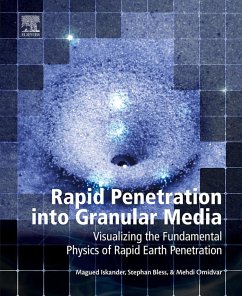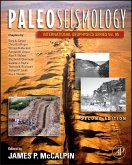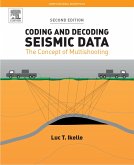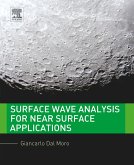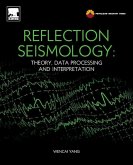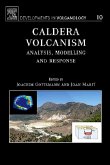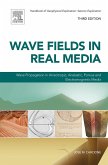There has been a flurry of recently funded research both in the U.S. and Europe on studying the behavior of projectiles in granular media. This book compiles the findings of recent research on the subject and outlines the fundamental physics of rapid earth penetration, and assembles a comprehensive collection of experimental and numerical techniques to study the problem.
- Presents a comprehensive interdisciplinary review of the latest research developments in the response of granular media to impact and impulsive loading
- Combines the experience of prominent researchers from different disciplines focusing on the challenges presented by impact loading of granular media
- Introduces recently developed methods for visualizing the fundamental physics of rapid penetration into granular media
Dieser Download kann aus rechtlichen Gründen nur mit Rechnungsadresse in A, B, BG, CY, CZ, D, DK, EW, E, FIN, F, GR, HR, H, IRL, I, LT, L, LR, M, NL, PL, P, R, S, SLO, SK ausgeliefert werden.

